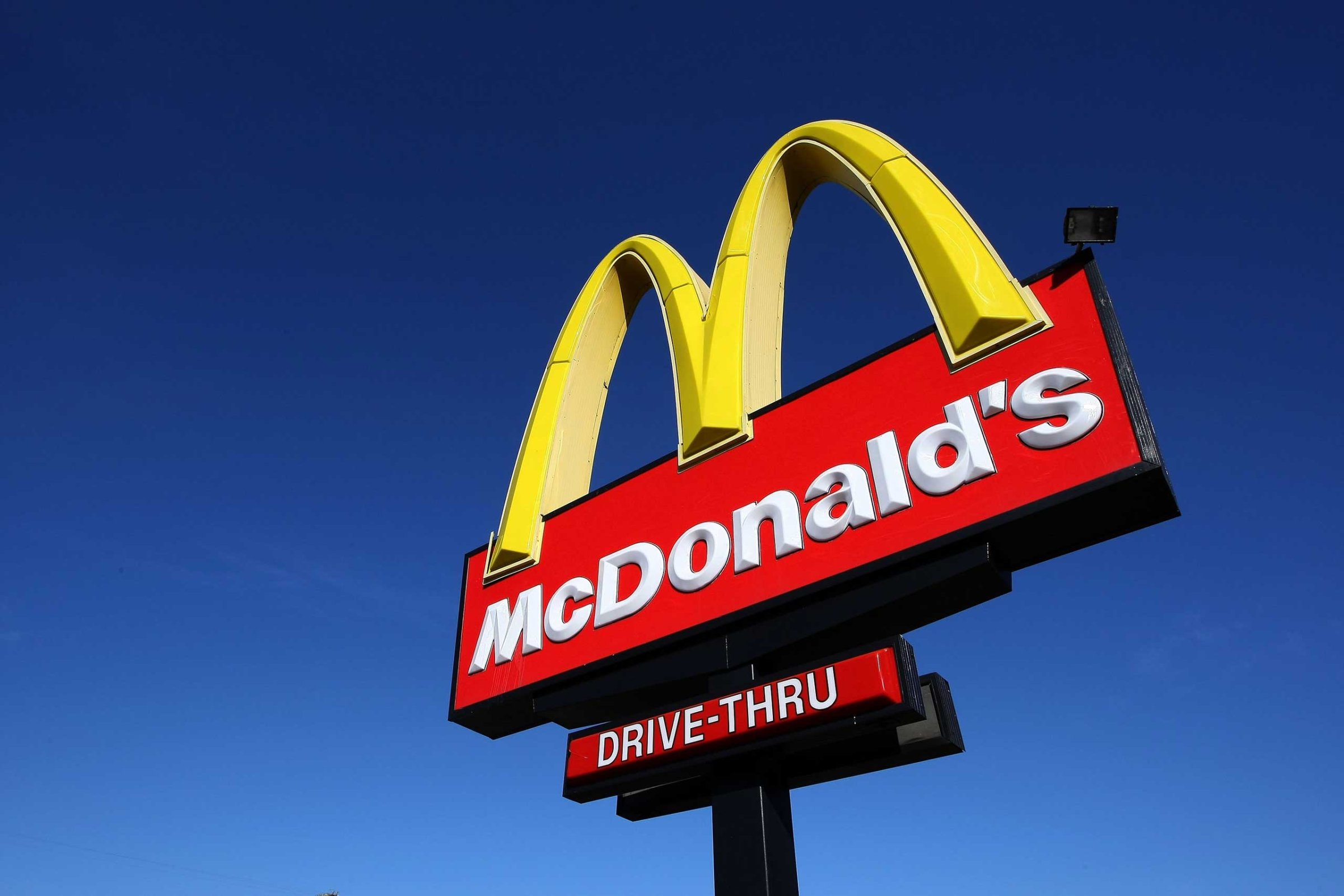
McDonald’s laid out on Monday the broad outline for its strategy to shake off five years of underwhelming results and stem an accelerating exodus of its customers: Get a higher percentage of its restaurants owned by franchisees and reorganize its structure.
The fast food giant’s new CEO, Steve Easterbrook, acknowledged in a video and press release that the company has been bogged down by a cumbersome structure and too much bureaucracy, making it slow to adapt to big changes like customers gravitating to what they perceive as healthier fare. It also has been grappling with a poor perception of its food quality and customer service.
“The reality is, our recent performance has been poor. The numbers don’t lie,” Easterbrook said in the 23-minute video, recognizing that McDonald’s has been asleep at the wheel as rivals from Wendy’s to Starbucks to Chipotle Mexican Grill have stolen away customers. Last month, McDonald’s reported an 11% decrease in revenue and a 30% drop in profit for the first three months of year, continuing years of weak financial results, and announced hundreds of store closings.
McDonald’s has been trying to fix its problems, which have been particularly acute in the U.S., a market that generates 40% of its profit. There, it has simplified a menu that had grown bloated and slowed down service, and it is testing all-day breakfast, and new drive-thru menu boards Easterbrook said would reduce errors in orders.
Easterbrook, who took the helm in March and is widely praised for his turnaround of McDonald’s U.K. business, announced a reorganization that would lump McDonald’s markets together into one group based on similarities rather than on geography.
In addition to the stand-alone U.S. market, important international markets like Australia, Canada, and France will be in one group together. The idea is that what McDonald’s is doing in Australia with its new restaurant formats, or the high-touch service at McDonald’s locations in France, can be instructive to restaurants in every other market in their group, which also includes Canada, Germany and Britain. Another group will lump in fast-growing markets like China and the Netherlands, while a fourth will be the rest of the world.
The company also is speeding up its re-franchising efforts. It wants 90% of its restaurants globally to be franchised by 2018, up from 81% now, bucking an industrywide trend. That means 3,500 more restaurants will be run and owned by franchisees, up from a previously planned increase of 1,500 restaurants. In all, the company plans to open 1,000 more restaurants per year. There currently are some 32,500 McDonald’s restaurants around the world.
Easterbrook said the benefit of more franchise-owned restaurants was that it provides McDonald’s with a more stable and predictable cash flow all while shifting accountability to local businesses. In all, the executive said this would save McDonald’s $300 million a year. (A drop in the bucket for a company with $27 billion a year in sales)
While more details of the turnaround strategy are yet to come, Easterbrook recognized the urgency to get McDonald’s house in order.
“My immediate priority for the restructured business in returning critical markets to growth,” he said.
This article originally appeared on Fortune.com.
More Must-Reads from TIME
- Why Trump’s Message Worked on Latino Men
- What Trump’s Win Could Mean for Housing
- The 100 Must-Read Books of 2024
- Sleep Doctors Share the 1 Tip That’s Changed Their Lives
- Column: Let’s Bring Back Romance
- What It’s Like to Have Long COVID As a Kid
- FX’s Say Nothing Is the Must-Watch Political Thriller of 2024
- Merle Bombardieri Is Helping People Make the Baby Decision
Contact us at letters@time.com